VICTORIA ARMSTRONG MEMORIAL NUERERY & PRIMARY SCHOOL
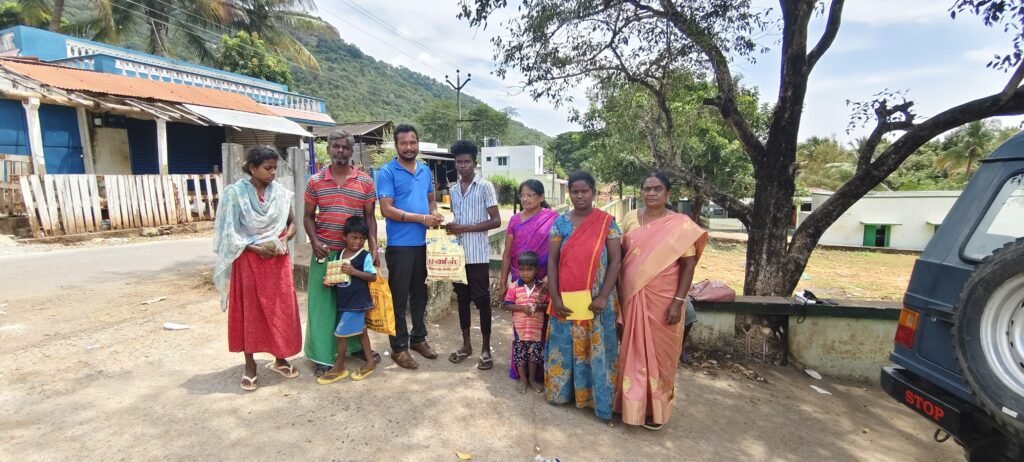


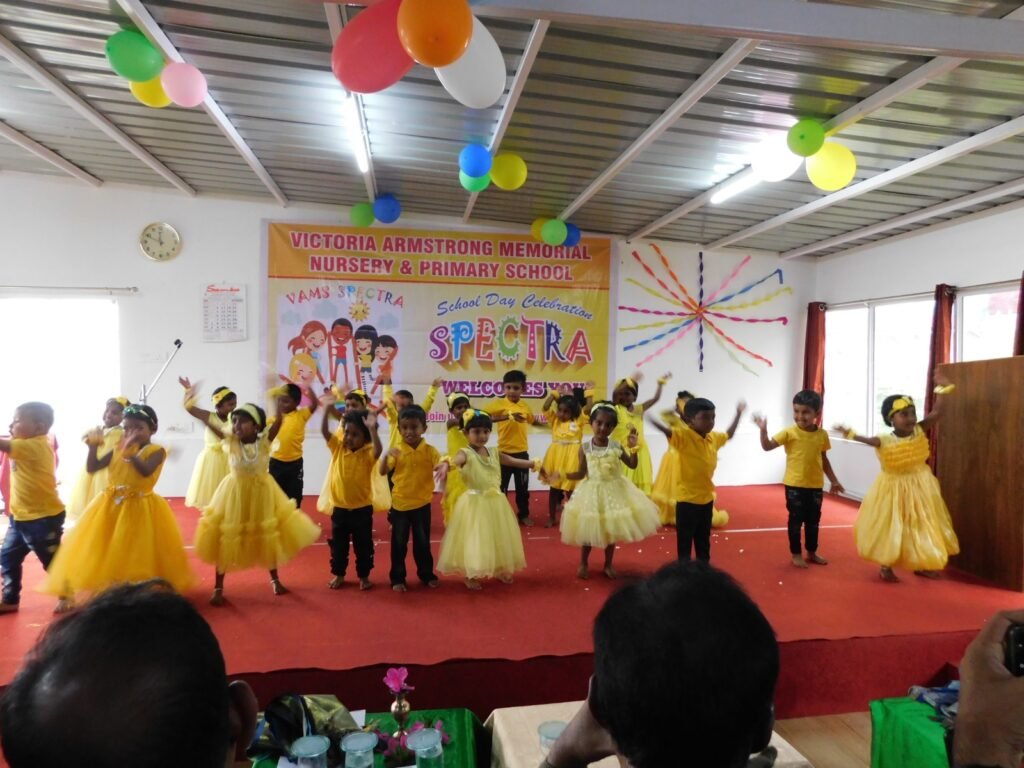
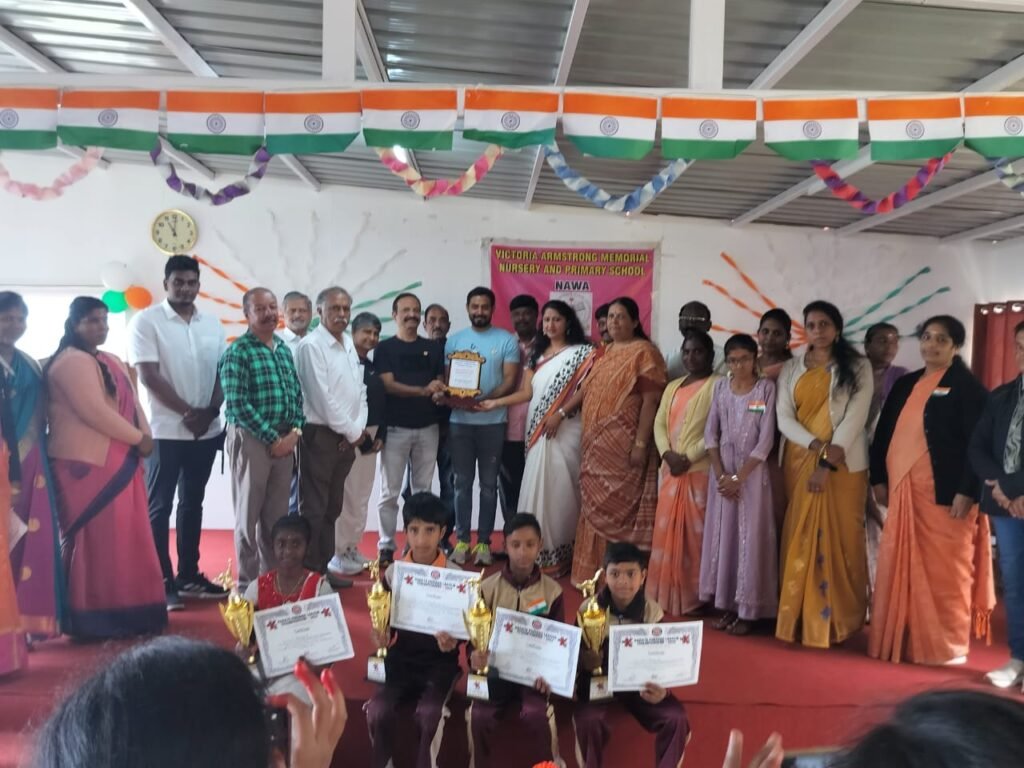
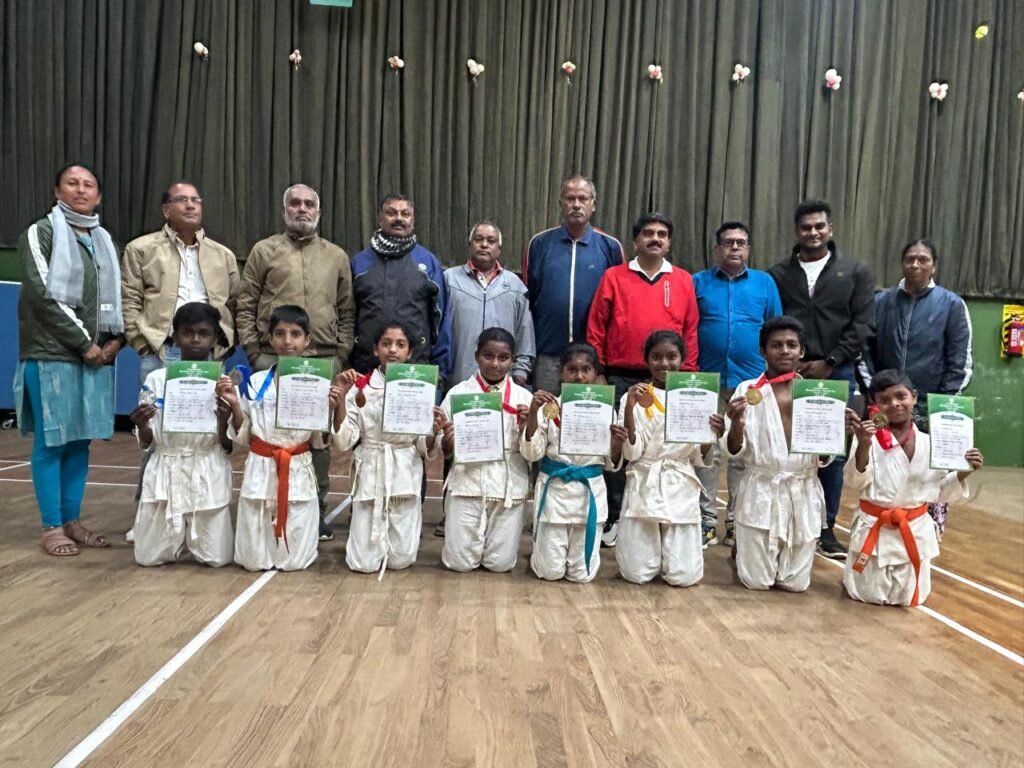
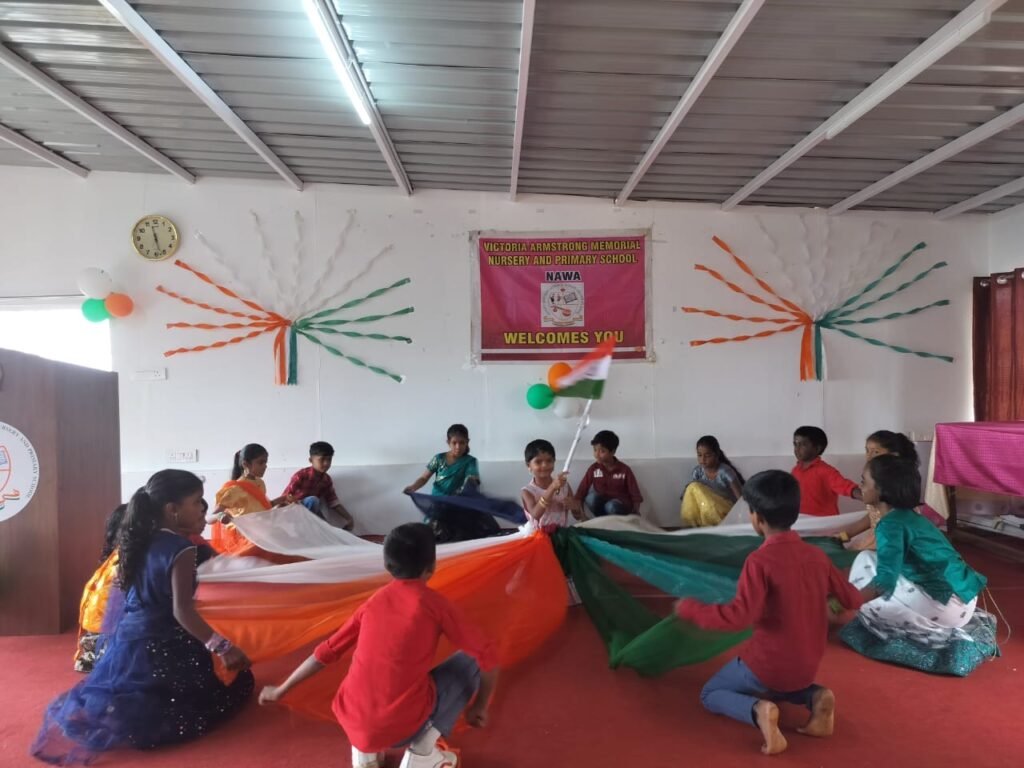

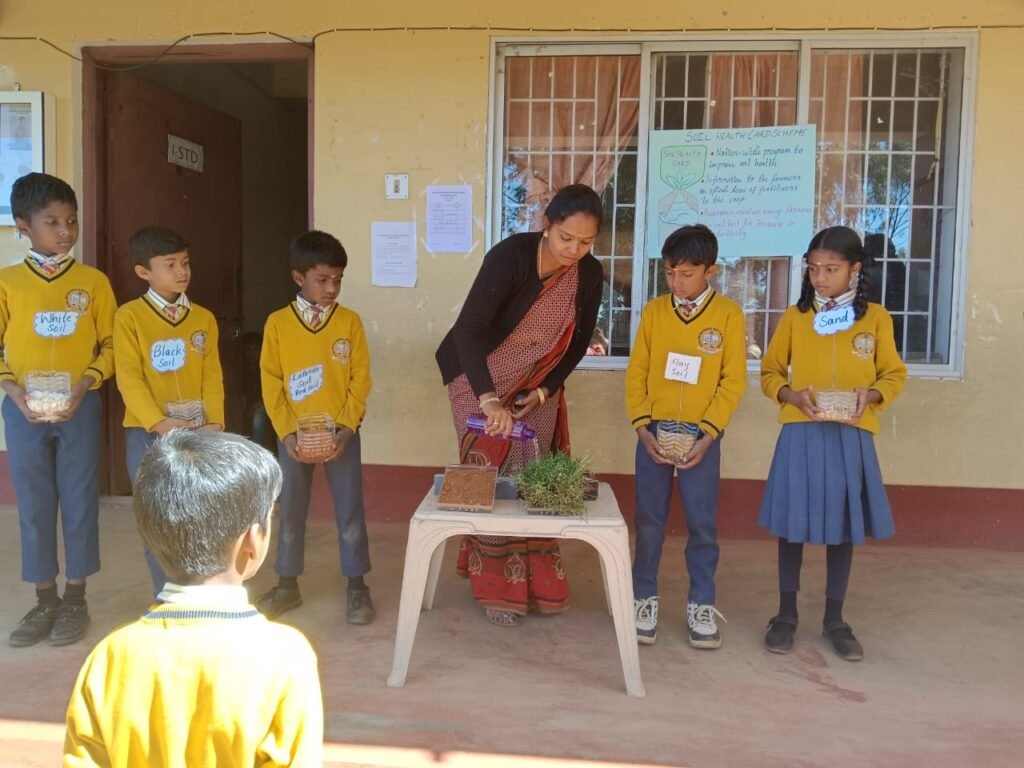

Education – NAWA – ChildFund India Partnership
History and development:
NAWA and ChildFund India share a long and eventful partnership, which dates back to 1976 when Dr.Narasimhan was approached by ChildFund to enroll tribal children in to child sponsorship programme. Dr.Narsimhan had some reservations about the offer, but when he was convinced that the ChildFund was concerned with tackling poverty and ignorance, he gladly accepted the 200 sponsorship offered.
The initial sponsorship provided to 200 children was further expanded to cover 700 children by 1986.
In the beginning a monthly cash subsidy was provided to families to encourage tribal parents to send their children to school. These regular cash subsidies motivated the parents to release their children from labour, to supplement family income, and send them to school instead. Further encouragement was introduced by way of supplying the families with clothing and other family needs whenever required and on special occasions like festivals. Financial assistance was also provided to improve their housing and other living conditions. These programmes went on for a few years.
Noting vast areas of wastelands available in tribal villages NAWA also contemplated the possibilities of developing these lands to improve the incomes of the tribal families. Alongside the other programmes awareness camps were organized to discuss various tribal issues to find possible solutions. Representatives from various tribal communities from all parts of Nilgiris participated and represented several issues.
All these events eventually led to several income generating projects in many tribal villages. These included sheep rearing, bee keeping, duck farming, rabbit rearing, silk worm rearing programmes and were initiated and maintained with the involvement of people in the tribal villages. Promotion of plantation crops in tribal wastelands was also initiated on a small scale, which eventually became the major income generating programme for the tribal people of Nilgiris.
Partnership with the ChildFund has also shifted in its focus and approaches over the years. From the child and sponsor one to one relationship in the beginning years the strategy changed to programme based approach. Later the ChildFund programmes were based on functional areas such as Health and sanitation, Nutrition, Early childhood care and development, Education, Livelihood and economic empowerment of the poor and Emergencies. This approach further went on to change to a life stage approach i.e Healthy and secured infants for 0 to 5 years, Educated and confident children for 6 to 14 years and Skilled and empowered youth for 15 to 24 years.
From a simple beginning in the Kotagiri region the sponsorship programme was extended to help children and families in other tribal settlements in gudalur pandalur and masingudi areas more intensively from 2005.
childfund india
Nilgiris Adivasi Trust (NAT) U.K. – Scholarship Fund for Higher Education
Nilgiris Adivasi Trust(NAT) a U.K., based charity has been supporting students in graduate and professional courses with scholarship assistance each year. About 30- 40 students are provided with scholarship every year. Mrs.Rosaleen Mulji, well wisher and supporter of NAWA, from England promoted this charity along with Mrs.Margaret Hardiman, Mr.Jeff Alderson, Mr.Kabir Mulji and Mr.Martin Jones, all of whom have been the well wishers of NAWA for many years.
Muendel – Atherstone Scholarship Trust Fund:
Dr.Hans Henning Muendel, who worked at the Paniya Farm as a Volunteer from Canada when the Farm was started, visited NAWA after many years to see the further developments. He was impressed with the progress made and mobilized resources to convert the daily dispensary in to a full fletched hospital. He further contributed his own money to set up a corpus fund to award scholarship assistance to students in higher education in Universities and Professional courses. Each year around 25 to 30 students are supported for higher education.
Victoria Armstrong Memorial Nursery and Primary School ( VAMS)
NAWA has been supporting tribal children, from all parts of Nilgiris, to follow regular education in tribal residential schools. The Standard of education at these schools was very low that no special care was provided to weaker children. Also the children, who had the aptitude for higher education, were not given the right kind of guidance and support.
Though these ashram types of tribal residential schools were relevant 20 years or more there was an increasing awareness among the tribal parents that their children attended schools that were competitive and offered higher standard of education. Miss D. Victoria Armstrong, M.B.E., former Treasurer of NAWA, felt the need to start a Model school to give their children better and competitive education and set a standard as to how an educational institution should be run.
Taking into account her great concern for the future of the young tribal children, who are equally intelligent compared to the elite and more forward non- tribal children and the modern day tribal parents ambition to give their children better and competitive education, we wrote under Plans for the Future “Miss.Victoria Armstrong as an educationalist had made many contributions in the field of tribal education. During the last year or two she began to feel that NAWA should start a model tribal school in order to set an example to others. Our Committee has now decided that the last wish of Miss. Armstrong should be fulfilled. We have plans to start a model school”. in the Annual Report 1997-98, which was published immediately after her death in 1998.
This message was very well .picked up Mr.Ramesh Kapadia, who was working as an Inspector of Schools in England and the Managing Trustee of a U.K., based Charity VIDYA. He wrote to NAWA about his willingness to support the cause of promoting a school in memory of Miss.Victoria Armstrong, who also worked as an Inspectress of Schools in England prior to her joining NAWA as a voluntary worker in 1964.
Mr. M. Alwas, Secretary and Mr. K. Vijayakumar, Project Manager met Mr.Ramesh Kapadia at his Indian residence at Mumbai sometime in 2000. Following several discussions with Mr. Kapadia VAMS was started in 2001 with 15 tribal children at a vehicle garage converted class room close to the residence of Miss. Armstrong.
The school had the following objectives, when it was started in 2001.
- To provide better educational opportunities for tribal children in Kotagiri Block.
- To provide facilities for tribal children to mingle with other non-tribal children in order to create a competitive atmosphere.
- To enable tribal children to get access to value based education.
Later during Mr.Vijayakumar’s visit to U.K., at the invitation of Dr.Margaret Hardiman and Mrs.Rosaleen Mulji in 2001 further discussions were held with the Trustees of VIDYA and a MOU for a 5 year partnership between NAWA and VIDYA was signed subsequently.
Mrs.Rosaleen Mulji through her Bryan Guinness Charitable Trust offered help with the further growth of the School initially and later through a U.K., based Charity Nilgiris Adivasi Trust (NAT).
Integrated Complex of Special Homes for Destitute Children and Senior Citizens:
The Special home is grant aided by the Government of Tamil Nadu through the District Social Welfare Office, ooty. This special home is functioning to help destitute children and helpless senior citizens from Kotagiri block.
The District Child Welfare Committee, District Child Protection Unit, Juvenile Justice Board are the monitoring agencies for the children’s home and the District Social Welfare Officer monitors the functioning of the home for the senior citizens.
Childline India Foundation – Sub Center Comin soon
NAWA Community College:
NAWA Community College was established with the approval of the Bharathiar University, Coimbatore. The following one year Diploma courses are offered at present.
- Diploma in Health Assistance
- Diploma in Naturopathy
- Diploma in Traditional Medicine
- Diploma in Accounts and Tally
- Diploma in DTP
- Diploma in Office Automation
Paniya Rehabilitation Farm Centre:
Paniya Rehabilitation Farm Colony was started to rehabilitate 25 Paniya families, who were released from bonded labour. It was in 1964 that Dr.Narasimhan became aware of their plight of twenty five Paniya families and freed by virtually buying them out of bonded labour and reestablishing them on 104 acres of land allotted by the local Government. Individual Paniya families were also given two acres of land to work on and the remaining area was developed as common land. With assistance from various agencies and well wishers the land was developed with tea, coffee and food crops.
NAWA has been doing its best to enhance people’s participation endeavors on the farm and encourage Paniya families to strengthen their resolve to take charge of their own lives. Five decades of development work with them has produced some tangible results and still there is a long way to before the Paniyas and the Farm become self reliant.











